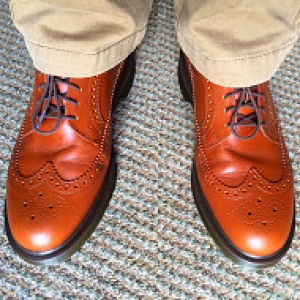Wing
Last week I was on a cold and windy hilltop on Charnwood when I gently peeled away some of the moss covering the ancient rocks and was very surprised to see a large number of Ichneumons sheltering deep in the moss. Having recently joined the local branch of Entomologists Anonymous I was aware of the Secret Code that you have to sign when you become an Entomologist, Item 14, Subsection 3, paragraph 2 of which states: If you see an Ichneumon while in the field, you must pretend that you have not spotted it, and if accompanied by others, attempt to distract them by pointing behind them shouting "Look! I think I saw a Purple Emperor/Tyrannosaurus rex/Bacon Sandwich!". I was gently replacing the moss when a loud voice behind me said "Look at all those wasps! What species are they?". It's taken me a week to figure it out, although it feels much longer.
I started from an ecological standpoint, embarrassing myself by asking fellow entomologists what the Ichneumons were doing in the moss - sheltering or looking for prey? They were kind enough to point out The Bleeding Obvious - female Hymenoptera (bees/wasps/ants) overwinter, then kick off the next generation in spring. Initial attempts to identify this specimen ran headlong into a brick wall, attracting only knowing smiles from more experienced entomologists. Before I knew it, I was in correspondence with some of the Finest Minds of The Natural History Museum. You can't spend a week in the company of such towering intellects without accidentally absorbing some of the knowledge radiating from them, and before you know where you are, rather than worrying about Leicester City's inability to defend set pieces, you're spending your Saturday afternoons reading and re-reading F.J. Perkins 1960 classic, "Ichneumonidae, Subfamilies Ichneumoninae, Alomyinae, Agriotypinae and Lycorininae, Vol 7, Part 2 a ii".
I never had the pleasure of knowing F.J. Perkins personally, but I can tell you that he wrote a mean taxonomic key, even if it does make Curators of the Natural History Museum weak at the knees, and to an Ignoramus like me reads like Chinese badly translated into Swahili. Anyway, after hours of studying Perkins masterwork, although it only felt like hours, I eventually stumbled across page 175 where Perkins is kind enough to point out what in retrospect seems so obvious: Hind tibia pale red, fuscous at the base and black in about the apical third, broadly rather dirty yellow towards the base, above; scopa of the hind coxa strong, the sculpture beneath this appearing almost coriaceous; mid femur with even pubescence beneath; area superomedia subquadrate (fig. 602). Writing this down now, I feel such a fool for not spotting this immediately, but Ladies and Gentlemen, allow me to introduce you to Ichneumon confusor.
There is an important lesson I will take away from all of this. Next time I see an Ichneumon I will try and think about something else, and if anyone else is around, I need to up my distraction game by throwing a stick into the bushes and running in the opposite direction shouting "Wild Boar! Run away!".
- 15
- 2

Comments
Sign in or get an account to comment.


